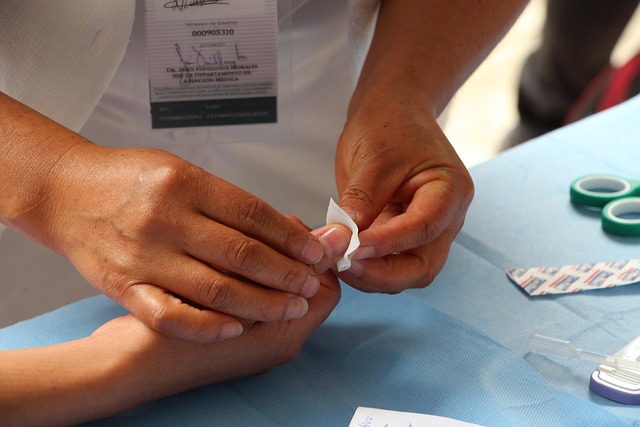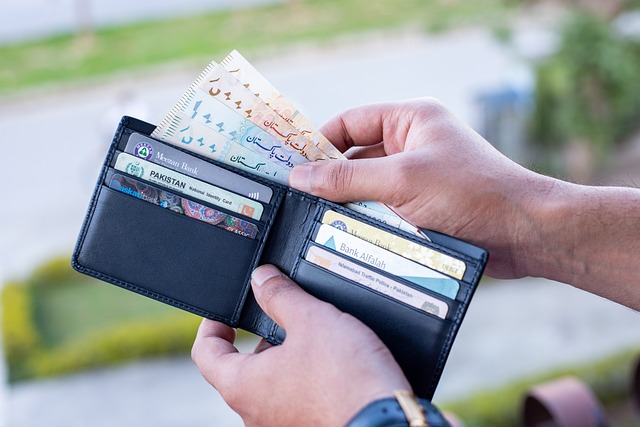Mastering Objective Lens Evaluation in Photography: A Guide to Optics and Camera Techniques
When venturing into the world of photography, one of the most crucial elements to understand is the objective evaluation of lenses. The lens you choose can define the quality of your images, influencing everything from sharpness to overall aesthetic. Whether you are an aspiring photographer or an experienced professional, mastering the art of evaluating lenses can elevate your photography game immensely.
The Importance of Optics in Photography
Optics lies at the heart of photography. It’s the science that governs how light interacts with the lens, translating scenes into breathtaking images. A lens isn’t just a piece of glass; it’s a vital tool that determines how you capture moments. Understanding the various characteristics of optics allows photographers to select lenses that align with their vision.
Understanding Objective Evaluation of Lenses
Objective evaluation involves assessing the performance and quality of a lens based on a set of measurable criteria rather than personal preference. This assessment typically includes factors such as sharpness, color accuracy, distortion, and bokeh. By focusing on these aspects, photographers can make informed decisions that enhance their work.
Sharpness: The Crux of a Great Photo
One of the first elements to consider during your objective evaluation is sharpness. A sharp image can convey details that engage viewers, pulling them into your photograph. This quality is especially important in genres like portrait photography or landscapes, where intricate details matter. Use test charts or simple subjects in varying light conditions to evaluate how sharp a lens can be.
Color Accuracy and Rendering
Colors in photography can evoke emotions and set the mood of an image, which is why assessing color accuracy during your objective evaluation is essential. Lenses can render colors differently, impacting how your photos look. Conducting side-by-side comparisons of different lenses can help reveal how each lens behaves in various lighting conditions.
Distortion: Keeping It Real
Every lens has a certain amount of distortion, and knowing how to evaluate this can save you from unwanted surprises. Wide-angle lenses may exhibit barrel distortion, while telephoto lenses might show pincushion distortion. Being aware of these characteristics allows photographers to choose the right lens for their specific compositions and correct distortion in post-processing if necessary.
Bokeh: The Art of Out of Focus
While technical aspects are crucial, the subjective feel of a lens shouldn’t be overlooked. The bokeh, or the quality of the out-of-focus areas, can add a dreamy effect and enhance the overall composition of your photographs. Conducting an objective evaluation that includes bokeh quality will allow you to determine which lenses suit your artistic style best.
Practical Tips for Objective Lens Evaluation
- Test a Variety of Conditions: Evaluate your lens under different lighting scenarios and subjects to fully understand its capabilities.
- Use a Tripod: Stabilizing your camera can help eliminate camera shake, allowing you to see the true performance of your lens.
- Compare with Other Lenses: Carry out side-by-side evaluations with other lenses to see which delivers the results you desire.
- Read Reviews: Dive into user reviews and technical assessments from reputable sources to gain additional insights about a lens.
Arming yourself with the knowledge of objective evaluation allows you to transcend mere snapshots and create works of art that resonate with viewers. Embrace the intricacies of optics, and watch as your photography transforms into a compelling visual story.




